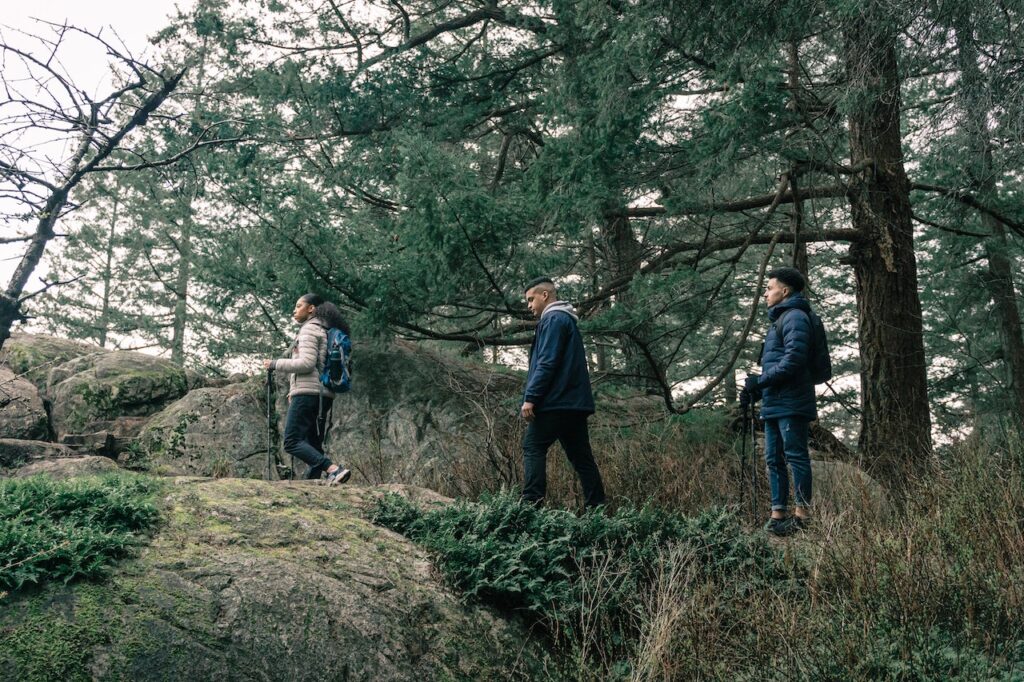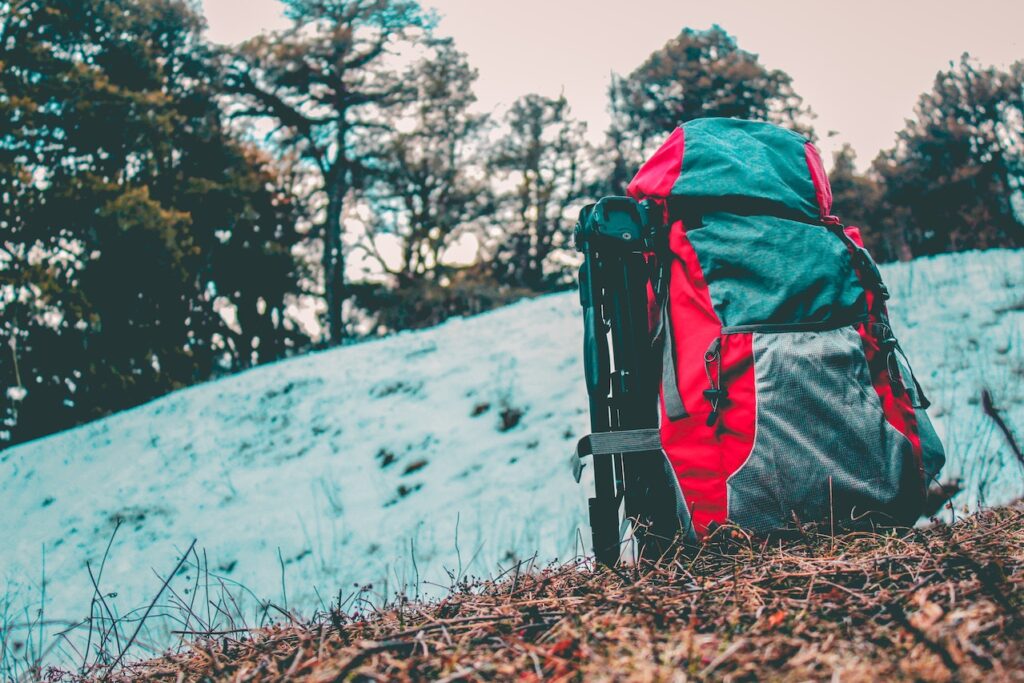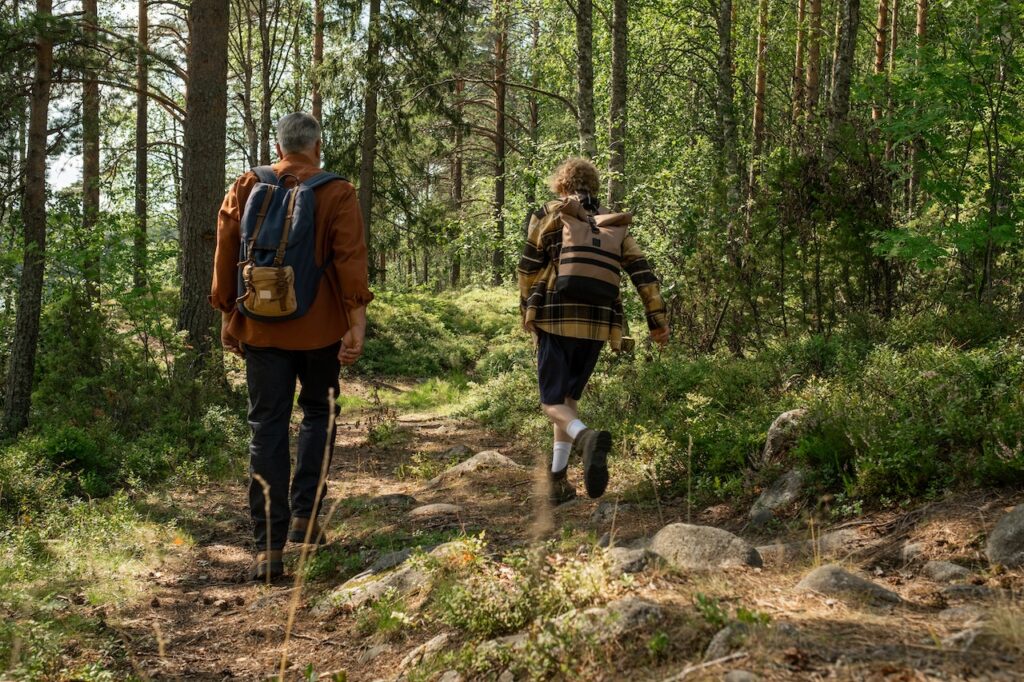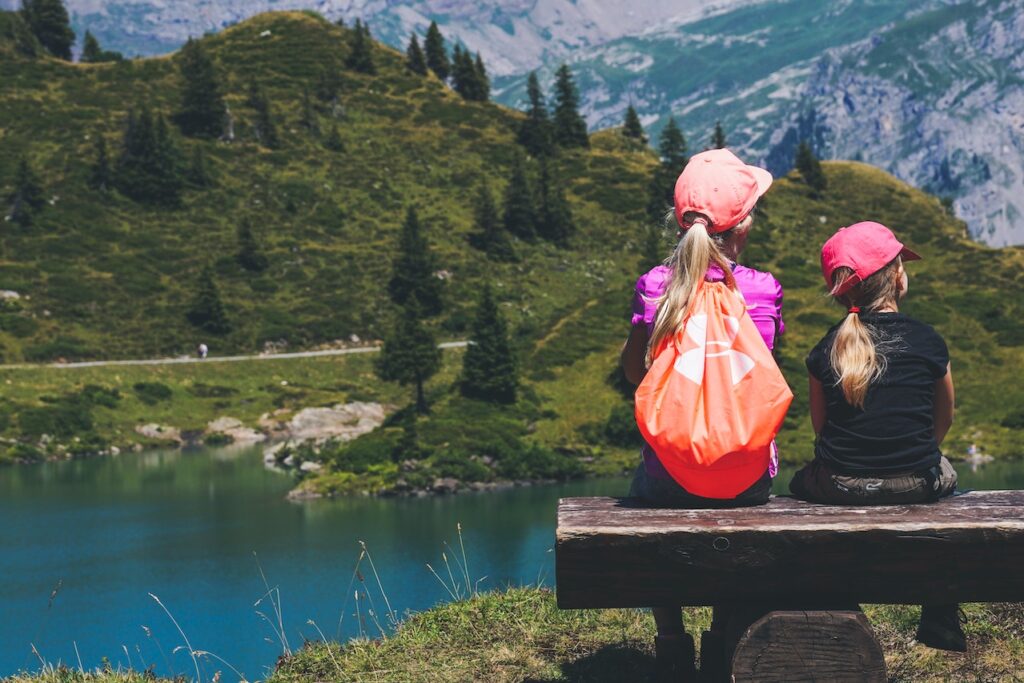There’s something truly magical about hiking with your family. It’s not just about the destination; it’s about the journey and the shared experiences that create lasting memories. Exploring the great outdoors together as a family provides a unique opportunity to bond, learn, and discover the beauty of nature. In this article, we will take you on a journey to some of the most enchanting family hiking destinations that will leave you and your loved ones in awe.
1. Yosemite National Park, USA
Yosemite is a hiker’s paradise and a fantastic destination for families. From easy strolls to more challenging hikes, the park offers a variety of trails suitable for all ages. Marvel at the iconic waterfalls, like Yosemite Falls and Bridalveil Fall, and be captivated by the grandeur of El Capitan and Half Dome. The lush meadows and towering sequoia groves will make you feel like you’ve stepped into a fairytale.
2. Banff National Park, Canada
Nestled in the Canadian Rockies, Banff National Park is a breathtaking destination that will leave your family in awe. The turquoise waters of Lake Louise and Moraine Lake set against the backdrop of majestic mountains create picture-perfect scenes. Explore family-friendly trails like Johnston Canyon, where suspension bridges and waterfalls await your discovery.
3. The Lake District, England
For families seeking a more tranquil and picturesque setting, the Lake District in England is an ideal choice. Rolling hills, serene lakes, and charming villages offer a setting straight out of a storybook. The Catbells hike is perfect for families, providing stunning views of Derwentwater and the surrounding fells.
4. Cinque Terre, Italy
For a taste of adventure and culture, head to Cinque Terre in Italy. This coastal region is a UNESCO World Heritage Site, with five charming villages connected by scenic trails. The Via dell’Amore (Lover’s Lane) is an easy and romantic hike, suitable for families of all ages. Enjoy the colorful houses, delicious Italian cuisine, and the mesmerizing Mediterranean Sea.
5. Blue Mountains, Australia
Escape to the wild beauty of the Blue Mountains with your family. Just a short drive from Sydney, this rugged landscape offers countless opportunities for exploration. The Three Sisters and Wentworth Falls are iconic landmarks worth visiting, and the Jenolan Caves add a touch of mystery to your adventure.
6. Chamonix, France
If your family craves mountain adventures, Chamonix in the French Alps is a dream destination. Surrounded by snow-capped peaks, you can take cable cars up to high-altitude trails or explore the Mer de Glace glacier. The Alpine scenery and crisp mountain air will leave you all feeling invigorated.
7. Kauai, Hawaii, USA
For families who love tropical hikes, Kauai is a paradise waiting to be explored. Known as the “Garden Isle,” Kauai boasts lush rainforests, stunning waterfalls, and dramatic coastal cliffs. The family-friendly Waimea Canyon Trail and the leisurely Kuilau Ridge Trail offer captivating vistas of the island’s natural beauty.
8. Torres del Paine National Park, Chile
Embark on a family adventure in Patagonia’s Torres del Paine National Park. While some trails may be more suitable for older children, the scenery is nothing short of spectacular. Towering granite peaks, sparkling lakes, and grazing guanacos provide a truly immersive experience in the wilderness.
9. Inca Trail, Peru
For families with older children looking for a unique and historical hike, the Inca Trail is a once-in-a-lifetime experience. Trek through the Andes, passing ancient Incan ruins, and culminating in the breathtaking sight of Machu Picchu. This awe-inspiring journey will forge bonds and create memories that will be cherished for generations.
10. Swiss Alps, Switzerland
The Swiss Alps offer a plethora of family-friendly hiking trails with stunning Alpine vistas. Ride charming mountain trains or cable cars to access higher trails without exerting too much effort. The Eiger Trail and the Five Lakes Walk are among the many routes that will introduce your family to Switzerland’s mountain splendor.
Tips for Family Hiking:
- Safety First: Always prioritize safety when hiking with your family. Prepare for changing weather, carry a first-aid kit, and stay hydrated.
- Start Easy: Choose hikes that match the abilities of the youngest family members. Gradually increase difficulty as everyone gains experience.
- Pack Snacks and Water: Bring along delicious snacks to keep everyone energized during the hike. Don’t forget to stay hydrated with plenty of water.
- Encourage Exploration: Allow your children to interact with nature and make discoveries along the way. Teach them about plants, wildlife, and the environment.
- Capture Memories: Bring a camera to capture the special moments and breathtaking views you encounter during your family hike.
- Leave No Trace: Teach your family about responsible hiking practices, such as leaving nothing behind but footprints and taking all trash with you.
Hiking as a family is an enriching experience that brings you closer together and fosters a deeper appreciation for the natural world. These handpicked destinations offer opportunities for bonding, learning, and pure enjoyment. So, put on your hiking boots, gather your loved ones, and embark on an adventure of a lifetime. The joy of exploring awaits you!







